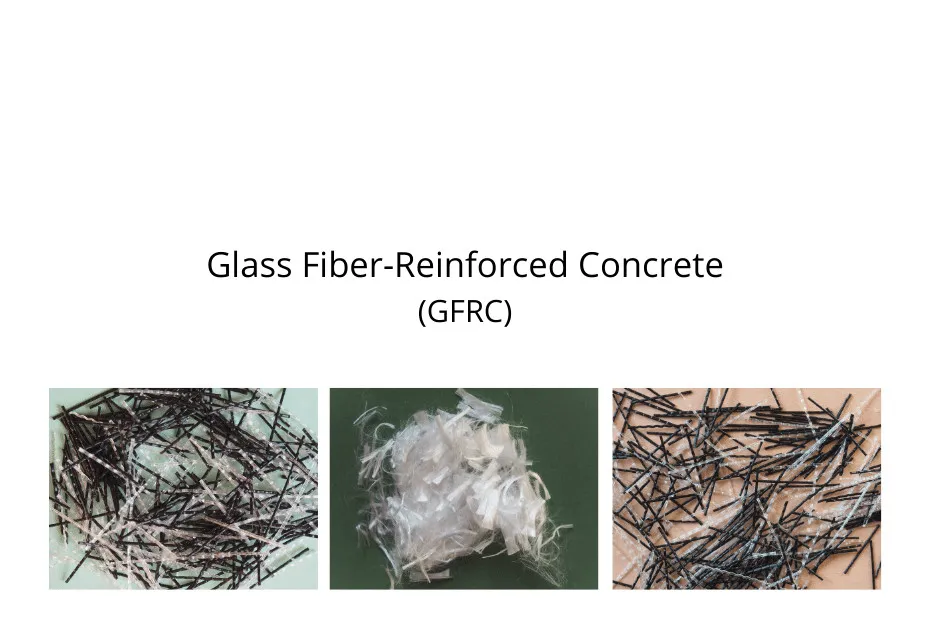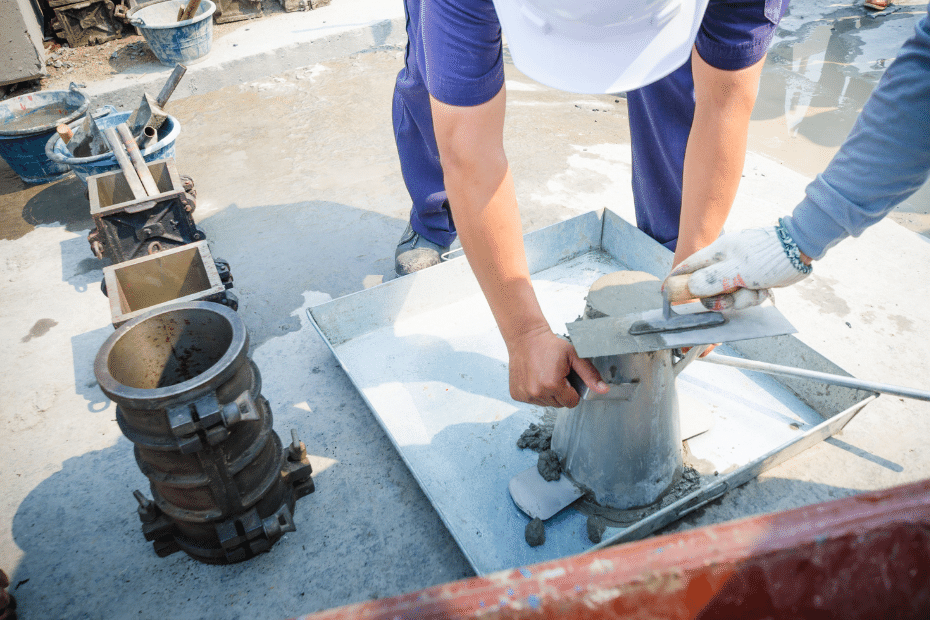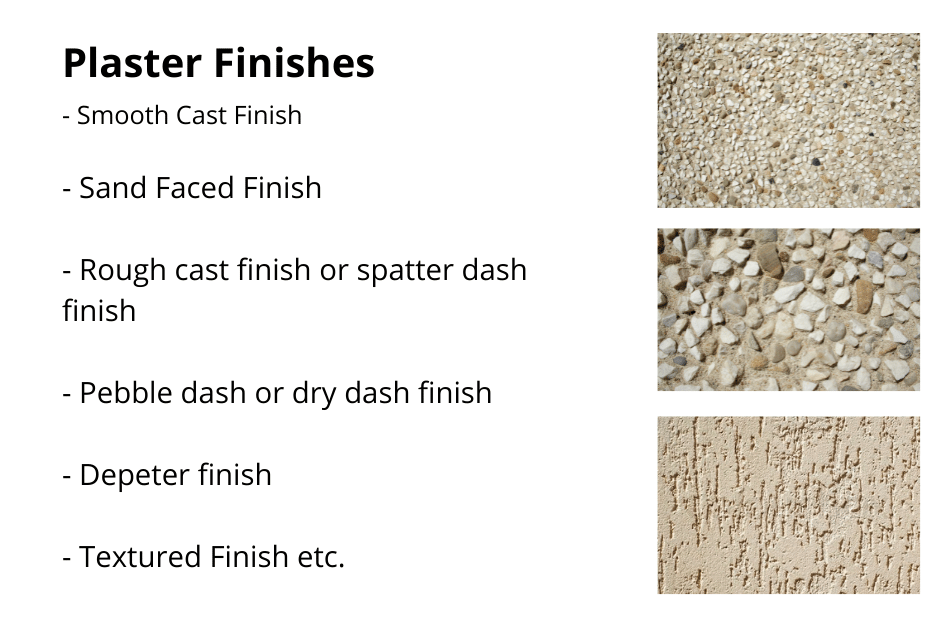GFRC
The latest and modern requirements for construction and detailed design of modern houses, all kinds of infrastructure facilities, and improvement of urban areas require enormous architectural expressiveness and the greatest attractiveness of the facades of buildings under reconstruction and under construction.
This greatly increases the comfort of housing and the very functionality of the living environment of people. It allows you to take into account climatic, environmental and other factors in urban planning as much as possible.
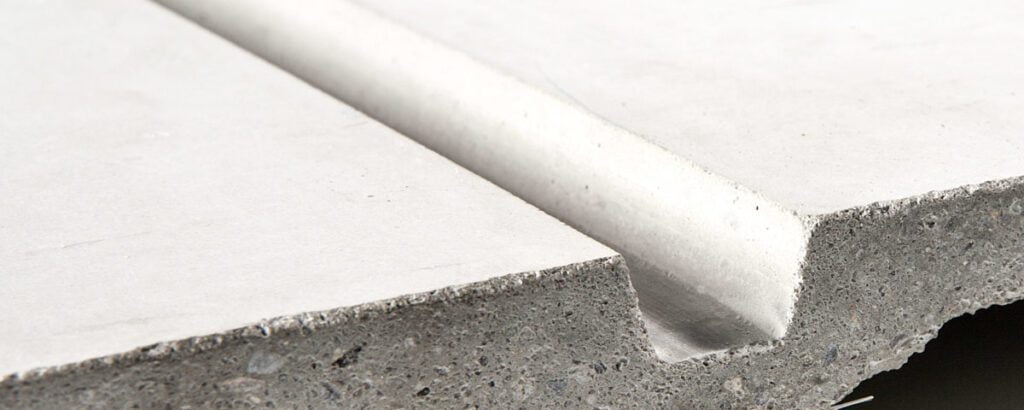
All of the above tasks can be solved by means of construction materials. Among them is glass fibre reinforced concrete GFRC – a composite building material (reinforced concrete ). Fiberglass concrete is a modern building material that, through its inherent unique characteristics, is gaining more and more popularity. This popular, innovative and demanded material includes concrete or fine-grained cement, as well as reinforcing elements in the form of fiberglass fibers (threads) with high strength.
The use of glass fiber concrete in construction contributes to a significant reduction in the cost of construction itself, a significant increase in the reliability of all structures and buildings, as well as incredible durability of building structures. Glass fiber concrete has very high technical characteristics. It can be used to make any shape of the product. It has excellent resilience, waterproofness, toughness and also fire resistance. It absolutely does not form any cracks, it is very strong on bends, and has excellent impact resistance.
Fiberglass concrete is lightweight and plastic. As a result, it significantly reduces the load on the supporting structures themselves. This material absolutely does not rust or rot, and as a result of which it is quite often used in the construction of mines, highways, tunnels, water pipes, and reservoirs for water.
The Benefits of Glass Fiber Reinforced Concrete
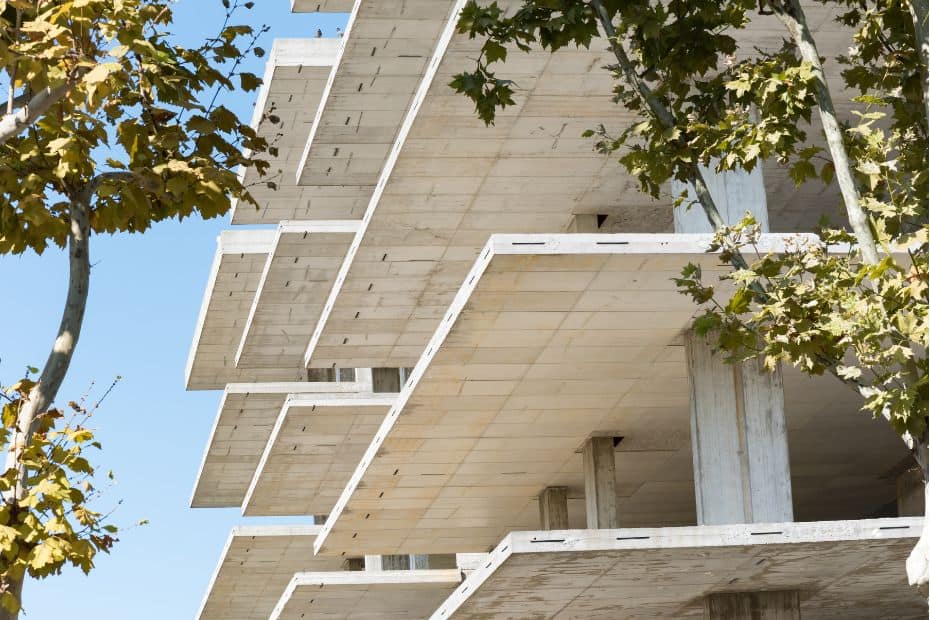
GFRC is a more lightweight alternative to precast concrete.
In comparison to precast concrete, glass fibre reinforced concrete requires far less sand and no stone, which are the parts of cement that are the heaviest and most dense. Because of this, it weighs much less. By way of example, the weight of a square foot-sized piece of precast concrete with a thickness of one inch is 12 and a half pounds, but the weight of an equivalent piece of GFRC is just 9 pounds.
The weight of the finished product is often increased by the addition of a steel reinforcement frame that is required for most precast concrete products. Glass fibre reinforced concrete (GFRC) products, for the most part, do not need extra bracing since the glass fibre technology embedded within the concrete supplies the majority of the reinforcements that are already required on the inside. Additionally, lighter items need less heavy equipment and fewer people to handle, all of which may contribute to a reduction in overall expenses.
When compared to precast concrete, GFRC is simpler to cut.
GFRC is much simpler to cut than other types of concrete since it does not include steel frames or stone aggregates. Because it does not need steel reinforcing, GFRC may be produced far thinner than precast concrete. This is another advantage of GFRC. Its minimum thickness is normally between three-quarters of an inch and one inch, but the minimum thickness of precast concrete must be between one and two inches. Because it is thinner, the material helps save money on saw blades designed for heavy-duty cutting. Contractors and installers who may need to make rapid modifications on-site and who would need to cut the GFRC product to a different size would find this to be a beneficial tool.
Also read: False Ceiling Design – Ideas, Types, Price & Comparison
GFRC is capable of providing a quicker turnaround time than precast concrete.
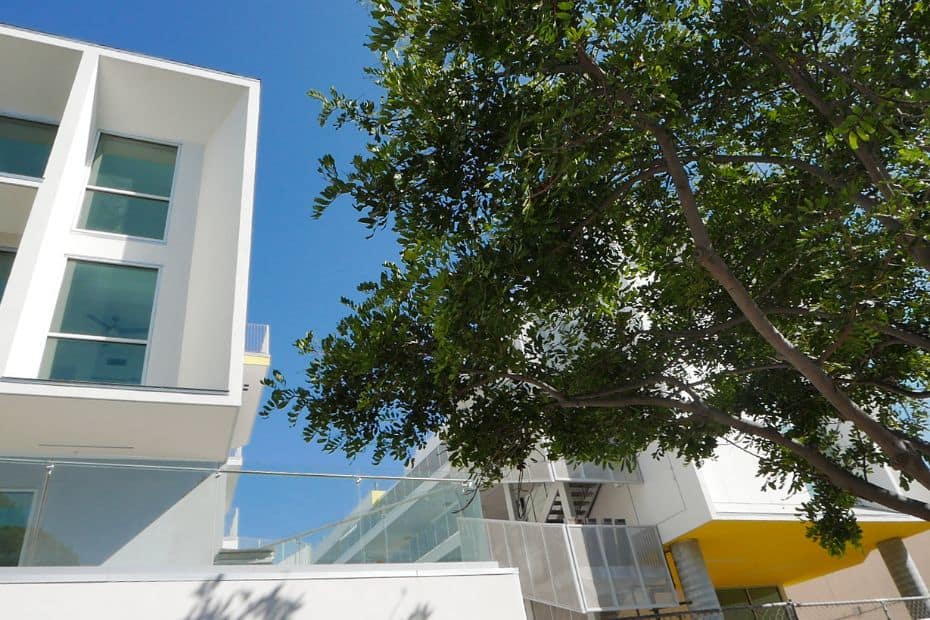
A phenomenon known as early high strength curing is achieved by the presence of glass fibres in GFRC. Simply put, this indicates that the product may be pulled from the mould quicker than normal. GFRC products may only take 24 hours to cure, but precast concrete projects often need to remain in their moulds for several days. Because of this, more GFRC products may be produced in the same amount of time as precast concrete projects.
Also read: Modern PVC Wall panel designs for Bedroom & Hall
Large steel casting tables are not necessary for the majority of GFRC applications.
Casting tables need to be sturdy and made of steel so that precast concrete structures can support their greater weight. However, since GFRC is so lightweight, the majority of projects may be cast on tables that are not as large. They only need to be level, flat, and generally sturdy in their construction.
In comparison to precast concrete, the likelihood of cracking in GFRC is much lower.
The surface of GFRC is thick and smooth, without any holes or other defects caused by air bubbles. Because of the outer face coat that was used, this was made possible. The face coat layer does not include any glass fibre in the mixture and is sprayed into the mould to create a smooth, polished, and uniform surface. This makes it possible to achieve the desired effect. In most cases, a second seal is also placed, which not only provides enhanced protection against stains but also significantly lessens the rate at which liquids are absorbed. Additionally, if water is unable to penetrate the substance, it will not break.
What is GFRC
GFRC panels are a type of precast concrete panel that is made with a glass fiber reinforced concrete (GFRC) mix. This type of panel is known for its durability and strength, making it an ideal choice for exterior wall applications. GFRC panels can be made in a variety of thicknesses and sizes to meet the needs of any project.
